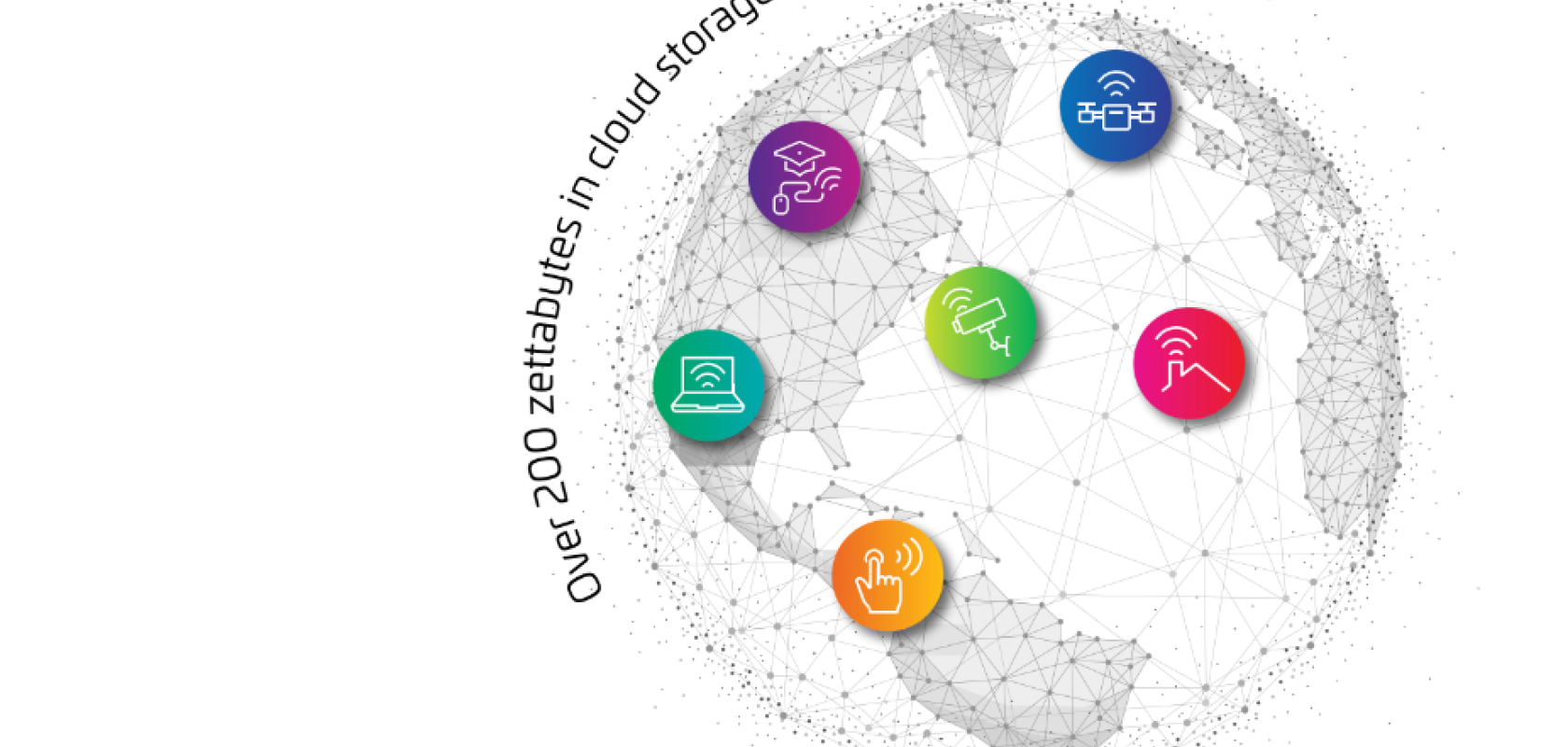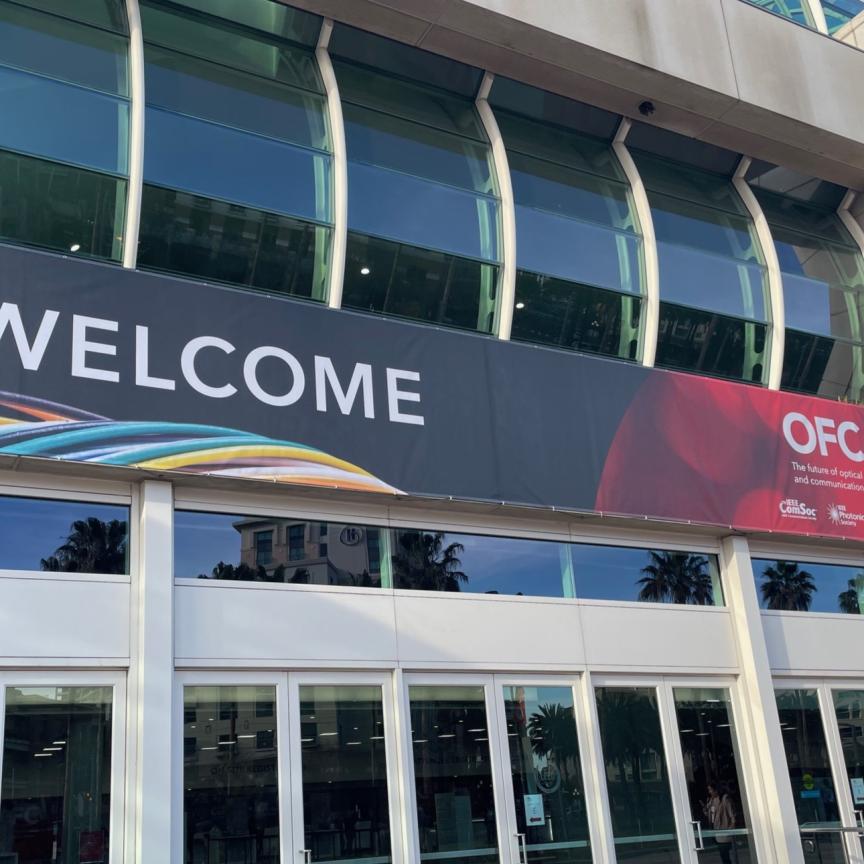Passive optical networks (PON) use fibre optic technology to deliver broadband network access to end-customers. The term ‘passive’ is used because there are literally no ‘active’ components between the central office and the customer premises, as the electrical power is only introduced at send and receive points.
One of the key drivers of PON networks has been the migration from copper to fibre, for which the technology offers many advantages. For example, PON can split a single optical fibre to connect multiple customers – which, in turn, can translate into cost-savings. In addition, PON can negate the costs of exclusive fibre to providers’ connections, so fewer materials and maintenance costs will be required.
Another driving factor is the rise in alternative network providers (altnets) across the UK and Europe, the majority of which are using PON technology to deliver full-fibre networks in order to meet roll-out targets and achieve homes-passed credibility. According to the most recent Market Panorama report from the FTTH Council and iDate, altnets constitute the largest part of FTTH/B players in Europe alone, with around 57 per cent of the total homes in the EU39 being passed by alternative ISPs.
Fibre deployment acceleration, and markets getting ever-closer to FTTH target deadlines, have been instrumental in growing the market for PON technology. According to a report by Technavio Research, the PON network market size is expected to increase by $25.89bn in the period between 2021 and 2026 at a compound annual growth rate (CAGR) of 19.42 per cent.
Healthy competition
Erik Gronvall, VP, PON at CommScope, says another key driver is competition. He explained: ‘If you study the market, telcos don’t have a competitive offering that can compete with where data speeds are going without using fibre. They need something with the capability to grow with the future demands of the network. Maybe they don’t need a multi-gigabit speed to everybody’s house, but if everybody has a Gig, a system must be robust enough to grow with that, especially as new applications emerge.’
Offering a comparison, Gronvall said that some of the more traditional technology will struggle to keep up with demand. ‘Current technology, such as DSL, is not going to hold up and give providers the long-term capabilities to grow in line with demand. Hybrid fibre-coaxial (HFC) networks, such as those for multiple system operators (MSOs), have more growth possible through DAA and DOCSIS 4.0 – but, I think if you talk to any MSO provider out there, they’ll say the end-game eventually is FTTH for their services; it’s just finding the right transition point. This is is especially true as we look at Europe, where we see a lot of MSOs and telcos that have a background that is combined, and so they definitely have to deploy fibre in some of their areas, because they don’t have the legacy HFC network to be able to competitively serve some of those areas. And then, with new builds and green fields for example, where there are new opportunities, it’s going to be fibre at that point. And PON is the right technology for those applications.’
Dave Keane-Mirajkar, RVP solution architecture, broadband network at CommScope concurred: ‘There are competing technologies out there from an FTTH perspective too. The market could have said point-to-point Ethernet is the way to go, but that doesn’t scale from a cost perspective. I think the key there is the passive element, because it reduces a lot of the complexity. In terms of other broadband architectures, comparing that with DOCSIS, for example, there are a lot of active elements within the network. In the same way as architectures around mobile are moving towards O-RAN cable is moving towards DAA – both of which are distributed, decoupled architecture, our PON solutions do exactly the same. There are many options out there. But, when operators do the cost/benefit analysis of moving to DOCSIS at 10G symmetrical, even a technology step-change that needs to take place there. Or do they go directly to what is now a 10G symmetrical PON environment? There are lots of decisions to be made.’
Decisions, decisions
Therein lies the challenge: whichever technology they choose, there are many options available, PON included, and there can be a case of too much choice hindering the decision-making process. In terms of PON there are lots of different avenues, and an ever-changing landscape, with a move away from the traditional data rates of GPON, to XGS-PON and in more recent times, 25G PON technologies. Network architects and designers, or anyone involved in the design and deployment of next-generation PON therefore, have some important decisions to make, choosing their technology carefully to make sure that networks are future-proofed.
Gronvall and Keane-Mirajkar share the view that vendors must demystify the complexity around architectural approaches. Keane-Mirajkar said: ‘When you start talking to customers that are not fully engaged on this journey, it can actually be quite daunting. But once they understand the benefits that the architecture brings and the flexibility that comes to play by having an open, interoperable architecture, they get the message very quickly.’ In line with CommScope’s ‘demystification’ strategy, the company recently released an eBook that is designed to act as a guide to making next-generation PON decisions. This is based on real-world experience of what provider customers say are their biggest considerations. Gronvall revealed: ‘One such consideration is making sure that they think about the pieces they have in their network today from a physical standpoint. How are they designed? Are there pieces that we can help them leverage with the physical or the software architecture to be more cost-efficient going forward?’
Keane-Mirajkar added: ‘A conversation I’ve had with customers has been around “if you’re going to build a new brand new network, why build a brand new old one?” The challenges in the last few decades have been around proprietary systems and vendor lock-in. With solutions such as our XGS-PON suite of products, we’re able to tell them that we’ve broken that model, so they don’t need to go back and default to how they’ve been building networks for the last few decades.’
The XGS-PON suite to which Keane-Mirajkar referred was developed to aid growth in FTTP deployments via a flexible architecture; open, interoperable components; and dynamic, cloud-based operation. It’s designed to allow providers to bridge multiple topologies and use SDN efficiencies to future-proof their networks. It includes the FLX PON OLT and ONU portfolio, ServAssure domain management and ServAssure NXT performance management software, fibre connectivity solutions, and engineering and project management services. Together, these can help providers improve time-to-revenue and optimise CapEx through a software-based architecture that enables both disaggregated and aggregated PON architectures as well as incorporating public and private cloud environments and multi-vendor strategies. This allows providers to break free from the previous constraints detailed above.
This is important, said Keane-Mirajkar, because if providers continue to build networks the way that they always have, they ultimately just crystallise the same issues and problems they have been asking to solve. ‘If you really have a vision around network automation, self optimising networks, self-healing networks, deep learning, and understanding how you can leverage AI within the network, and even quantum communications in the not-too-distant future’ he said, ‘then don’t build networks as you have been in the past two decades. Take a refreshing change. The risk is no longer all on the network provider’s shoulders; we can work with them to make sure that we can carry forward their legacy to be able to emulate that next generation of architecture.
If you're a service provider looking for more information about how to create a future-ready network with next-generation PON technology, download the latest eBook.



